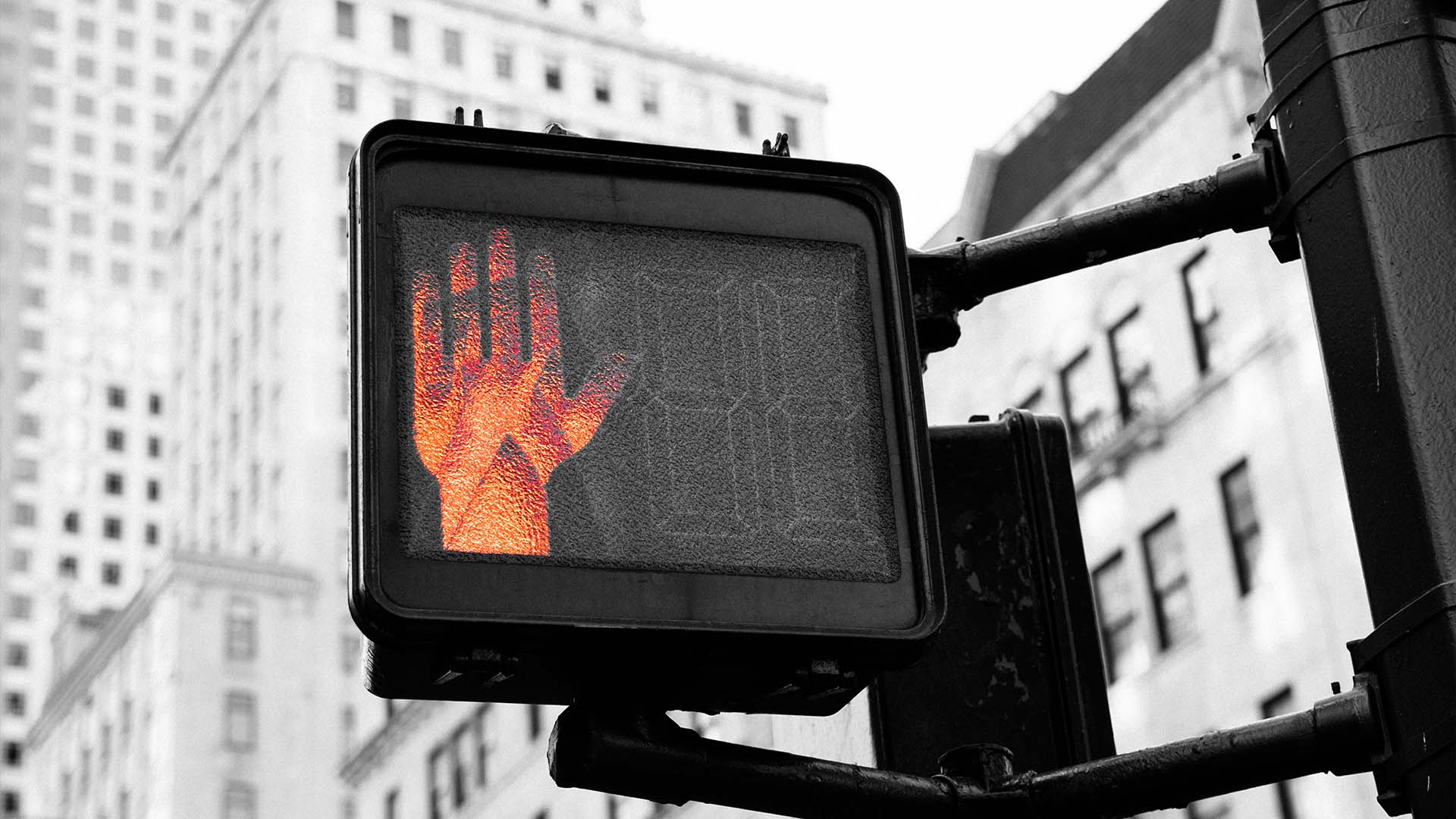In today’s option trading blog I want to address the mental anguish of legging out of spreads. Let me set the tone. Traders that have a losing spread position – leg out. Traders that have a winning spread position – leave it alone. Let’s say that you were short the 70 – 65 put credit spread that expires in a few weeks. You sold the spread for $1 when the stock was at $74. You loved the stock and you could not envision it trading down to $70 even with the weak market backdrop. The earnings were good and technically there was upward momentum and support – the trade made great sense. Now, in a matter of days the stock has been hammered. Out of nowhere the sellers have pounded it down to $67. Along the way you have decided that it is just a temporary sell-off and it will bounce. It is a good stock and it’s down because of the stupid market. Two days later, the stock continues lower and now it can’t find a bid. It is trading at $64 and you don’t know what to do. Let’s take a look at your options. You could sell out the long put (65 strike) and carry the ITM short put (70 put) position. When you do this you have just removed all of your protection and greatly increased your risk. The original position was a probability play and you added plenty of cushion in case you were wrong. Now, assuming that you can shoulder the naked put margin, you are essentially long the stock. If you can’t afford to purchase the stock, you carry the risk of blowing out your account on one trade. The second you sell your long put you are stating. “THIS STOCK IS A BUY AND IT’S GOING UP.” I hope your timing is great because if it’s not, you will be sweating every tick. You have not doubled-up, you have probably quadrupled up. An initial spread delta of .25 has now turned into a stock delta of 1. If you get assigned and you can’t afford the stock, you will need to sell the shares immediately. If you stall, the brokerage firm will do it for you on their terms. In this case you were wrong the whole way and you refused to admit it. Here’s another possibility. You suspected you were wrong long ago. You thought something was up when the stock started to slide so easily. Now it can’t find a bid. You decide that the only thing to do is to buy-in the short put (70 strike) and let the $65 put “run”. Heck, if the stock drops another $4 you might be able to scratch the trade. The problem with that mentality is you have done a complete 180. A few weeks ago you loved the stock and now you hate it. You will be second guessing yourself every tick of the way and your emotions will be on overdrive. If the stock reverses and heads back up, you will be kicking yourself for months. Even worse, the stock heads down and you convince yourself that this is some kind of repair strategy. Regardless, your risk exposure has increased dramatically from the initial position and your emotions will get the best of you. Scared money never wins. If you can’t afford to carry the one-legged position overnight and you are attempting an intraday maneuver, the stakes are even higher. Assuming that your brokerage firm will allow this, you’re in over your head. If the stock makes one little head fake, you are hitting the panic button because you know you have to be out by the end of the day. You also know that in a very short amount of time you have taken a bad situation and made it worse. The stakes are high because your size is way out of line. Months of profit hang in the wind. I have tried legging and I have witnessed it hundreds if not thousands of times. I have had to liquidate multi-million dollar accounts where the trader froze in the middle of the process. Trust me, the good does not come close to the bad. If the trade was put on as a spread, take it off as a spread. Take your lumps and move on. If you can relate, share your experience good or bad.
Legging Out Of Spreads
Archives
June 13, 2006
4 min read









